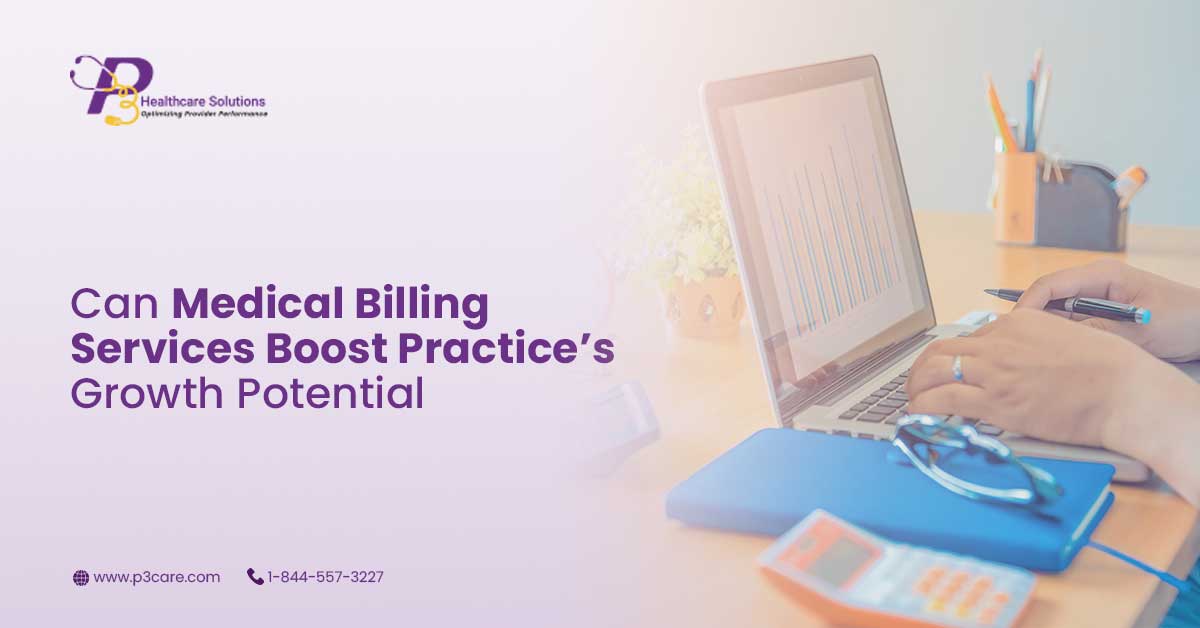How Do Patient Call Report Services Work in the US Healthcare System?
An Overview of the Patient Call Report Services
Patient call reporting primarily refers to documenting patient details like the reason for the call, major symptoms, subsequent actions taken by healthcare providers, and the follow-up instructions given on the phone call. These details serve as a record to ensure continuity of care and quality improvement.
Patient call report services in the US refer to an electronic Patient Care Reporting (ePCR) system used by Emergency Medical Services (EMS) clinicians during ambulance calls to record patient information, interventions, and other important details. Hospitals use these records to treat patients effectively.
The United States Department of Homeland Security (DHS) implements an electronic Patient Care Reporting (ePCR) system under the Office of Health Affairs (OHA). This system ensures standardized Emergency Medical Services (EMS) in pre-hospital environments and evaluates the quality of care.
Patient Call Report Services Require a Comprehensive Narrative
The patient call reporting has an all-inclusive narrative outlining the patient’s condition, medical interventions, administered medications, and services furnished. At a minimum, it also encompasses the patient’s evaluation and any responses while rendering the required treatment.
The patient call reporting narrative addresses various questions. Some of them are listed below:
- What was the kind of dispatch?
- What was the primary scene assessment when it reached there? What was the condition and activity of the patient? What was the position of the patient? What was the status of the patient during the ambulance?
- How the patient was transferred to the ambulance?
- At what doses the medications were given?
- What supplies were used during the ambulance call?
- What were the safety concerns if any? Explain them.
- What was the status of existing IVs? Was it flowing or locked?
- If any suspected trauma caused injuries, provide details of the traumatic event.
- Provide additional information regarding the scene such as additional EMS responders or law enforcement personnel.
These questions help maintain the standards for patient call report services set by the Office of Health Affairs (OHA).
Moreover, these services can be streamlined with electronic Patient Care Reports (ePCR) software to improve efficiency.
Electronic Patient Care Reports (ePCR) Software Helps Improve Patient Outcomes
Electronic Patient Care Reports (ePCR) software significantly impacts the provision of effective Emergency Medical Services (EMS). It regulates the following processes:
- Improved workflows
- Secure record-keeping
- Comprehensive data collection
- Portability
- Accessible patient history
Improved Workflows:
EPCR software is a useful helping hand in fieldwork, especially during ambulance calls. With customizable templates and forms, data recording is made simple and seamless by following patient care procedures.
By connecting ePCR software with billing software, the treatment codes are translated into billing codes. The dispensed services are accounted for and accurately translated into billing statements that only require final approval.
It also makes the revenue cycle easily manageable and predictable as you’ll spend less time on the paperwork.
Secure Record-keeping:
EPCR is not just ambulance software, it helps manage patient records effectively. Its files can be used anywhere as they are stored on cloud-based and encrypted servers. Any updates in the patent records are archived automatically.
Moreover, you don’t need to worry about their safety as they can be only accessed by those having the right credentials. Unlike paper records, the use of any ePCR file can be tracked easily.
It will also protect you from manhandling piles of papers to dispense effective patient call report services.
Comprehensive Data Collection:
Sometimes, a patient requires your complete attention and you don’t get time to complete the documentation. Electronic patient care reporting software makes it quite easy as compared to paperwork.
Later on, when the treatment is completed, details can be filled out easily. If there are any empty blanks, the software lets you know accordingly. In this way, complete patient data helps paint an accurate picture of the healthcare service.
If anyone wants to look at the finer points of your treatment, detailed information is readily available.
Portability:
Unlike paperwork, ePCR software is easily accessible even when you’re out of the ambulance service. It can be used with mobile technology and patient reports are available when you dispatch an ambulance.
These digital reports stay with you until the patient’s treatment is completed. And even if you need to add more information, additional forms can be pulled out and you don’t have to do thumbing through papers.
Overall, it has a great impact on the provision of effective patient call report services.
Accessible Patient History:
EPCR keeps a record of the previously treated patients and when you need the required information, it is easily available. This can be very useful for treating patients in critical situations.
With the help of information provided by ePCR, basic screening questions are avoided and maximum time is spent to treat the patient. This information can also be forwarded if the patient requires additional treatment like ER.
In this way, any lag in the communication regarding patient data is avoided and credibility is added to the patient call report services.
With such effectiveness, ePCR helps emergency medical services (EMS) clinicians provide quick treatment by expediting the system to improve the quality of patient call report services.
Conclusion
Patient call report services are an integral part of the healthcare system in the US. An electronic patient care reporting (ePCR) software helps emergency medical services (EMS) clinicians ensure effective treatment while focusing less on the documentation of patient details and giving more time to patient care. Complementing this, healthcare billing services by P3Care streamline the financial side of patient care, ensuring accurate claims processing, timely reimbursements, and reduced administrative burden. Together, these services enable clinicians to prioritize quality patient care while maintaining efficient operational workflows.

















Leave a Reply
Want to join the discussion?Feel free to contribute!